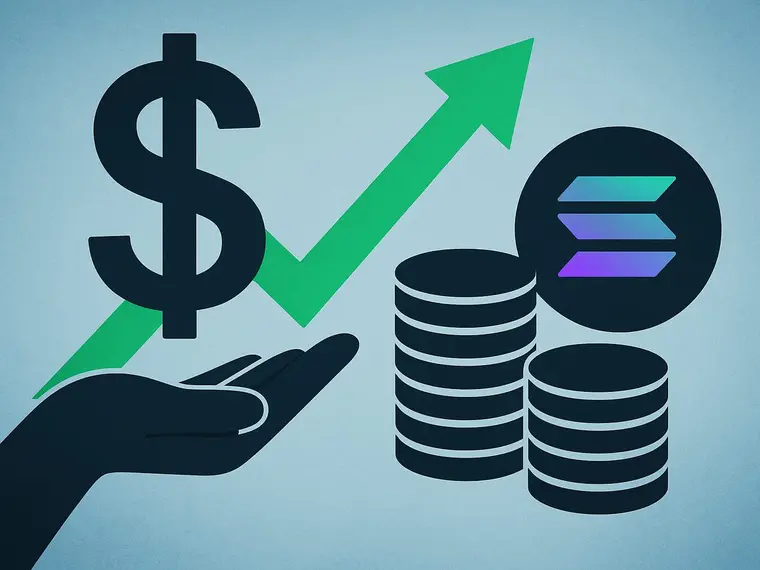A dormant Cardano wallet just vaporized more than $6 million in a single swap after executing one of the most extreme slippage events the network has seen this year.
The holder — whose address had not shown any activity since September 2020 — reappeared on-chain Sunday and swapped 14.4 million ADA (worth roughly $6.9 million) for just 847,695 USDA, a little-known Cardano-native dollar stablecoin.
The trade was first flagged by on-chain investigator ZachXBT in their Telegram channel.
(ZachXBT)The user effectively paid more than $8 per USDA at execution — a disastrous price, given that USDA is supposed to be pegged near $1 and has a market cap of only around $10.6 million. The transaction instantly wiped out around $6.05 million in value.
With only thin on-chain depth available, the order ripped the stablecoin’s price to nearly $1.26 on Cardano DEXs, according to CoinGecko. USDA briefly floated above peg before retracing to roughly $1.04, as liquidity normalized once the whale-sized order finished clearing.
The address had no prior history with USDA, making it unclear whether the user misclicked, confused the stablecoin ticker, or assumed liquidity would hold for a market-order style swap. A mistaken ticker choice is plausible — USDA is not widely traded, and the Cardano ecosystem has multiple USD-denominated assets with similar tickers.
The episode is a textbook example of why large traders avoid illiquid pools and never route size through automated market makers without slippage checks. Even a few million dollars in ADA can overwhelm decentralized liquidity if the opposing side of the pool is barely funded.
In previous cycles, traders have repeatedly lost seven-figures due to wrong tickers, zero-liquidity pools, or overly aggressive market orders executed through aggregators.
On Cardano, the mistake is reverberating through trader circles not because of the stablecoin involved, but because the wallet had been untouched for five years — only to reawaken and burn millions in a single mispriced swap.
That makes for a stark reminder that dormant capital can still meet modern liquidity traps, and that on-chain execution remains unforgiving to size, speed, and slip.
Source: https://www.coindesk.com/markets/2025/11/17/fat-finger-fail-cardano-whale-torches-usd6m-after-hitting-illiquid-usda-pool


